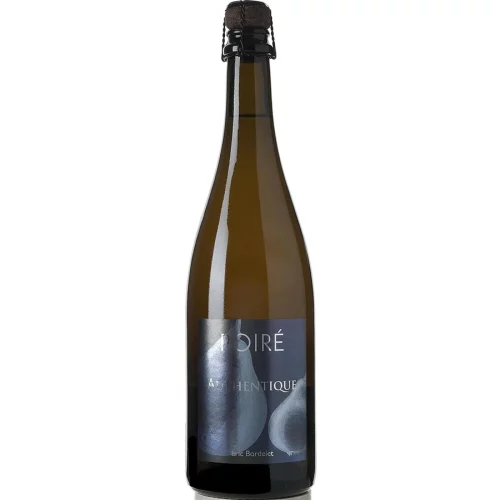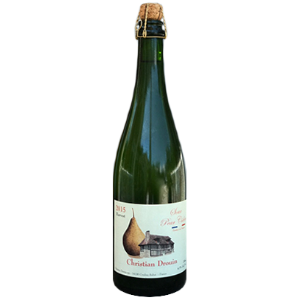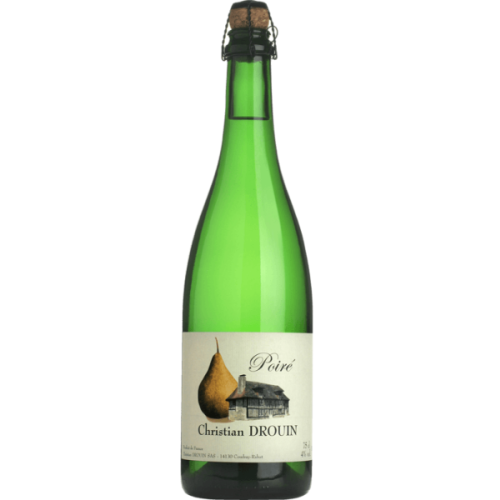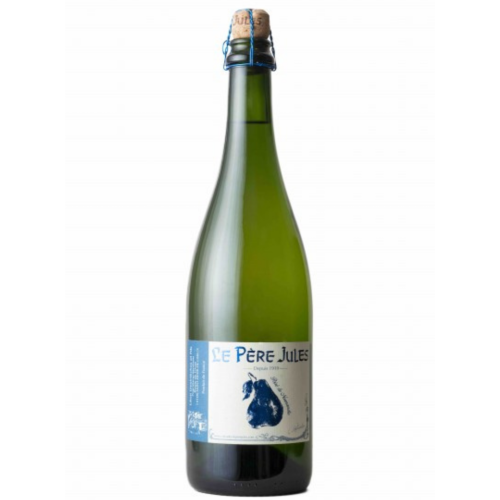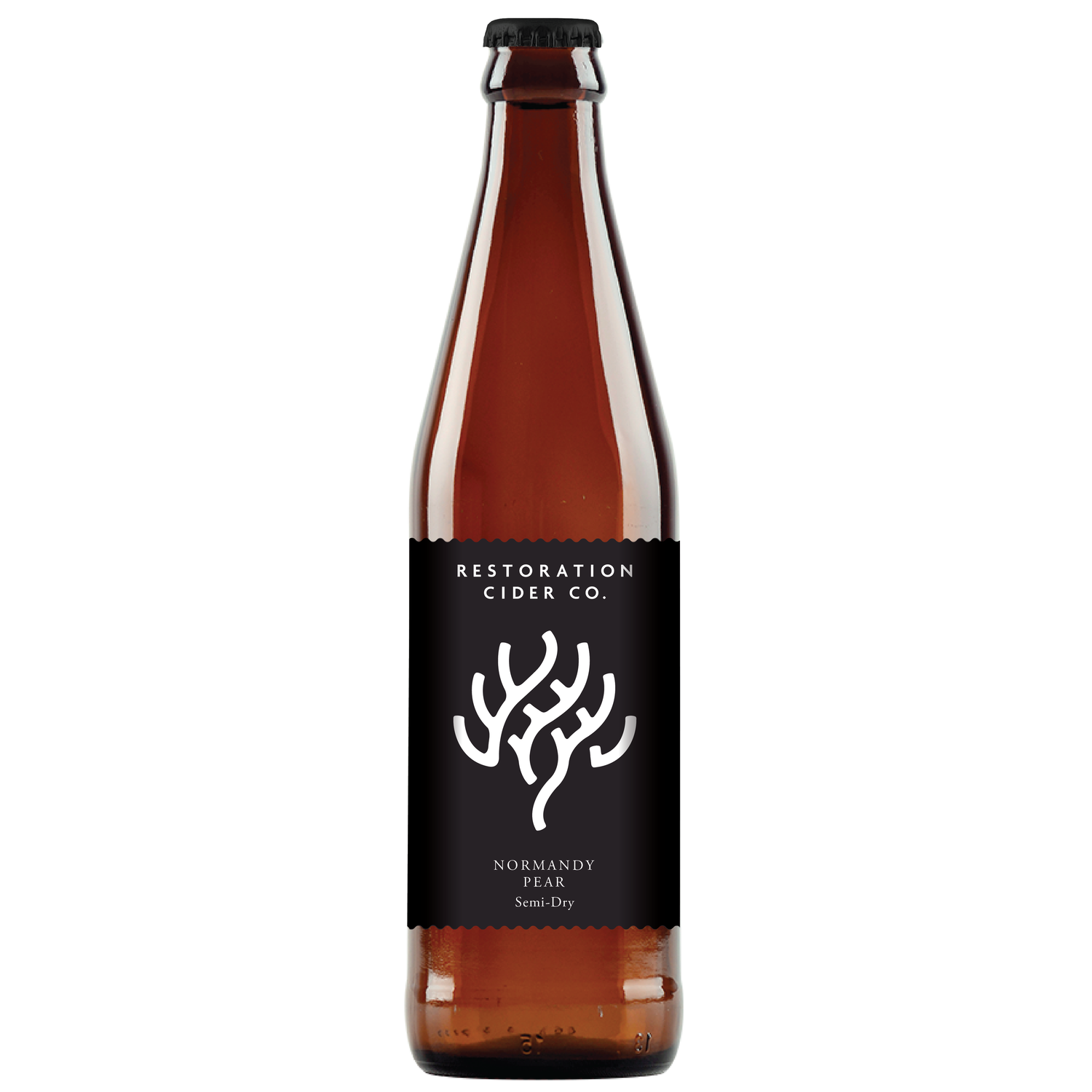
Hello, friends! Karina and Hailey here to give you all of the information you could possibly want about the Events space: where we’re at with construction, what the new event programming will look like once construction is complete, and what we’ve been busying ourselves with in the meantime. Spoiler: we have some pretty cool things brewing!
Where we’re at…

After months of holes being dug, and filled, and dug again… we are finally seeing some serious construction progress. If you’ve visited the store lately, you’ve no doubt noticed the changes over the past several weeks. This week, we have really begun to see the Events space start to take its more proper shape. We finished the drainage rough-ins, studwork, and trusses, and the plywood is being completed as we speak. In the coming weeks, we’ll start to pour concrete on the first and second stories and start on the interior work.
The big, need-to-know construction update is that from August 15-26th we’ll be redoing our parking lot – meaning the parking lot will be completely unavailable from August 15-18 and August 22-25 (thankfully, we’ll have the lot back temporarily for the weekends those weeks). The good news: once this is finished, our new parking lot will be fully complete and we can finally return to normal use of the full-sized lot.
We’re keeping the worst of it to the slower weekdays and are working on some creative ways to ensure you can still get the goods during those times. Plus, the Events Team will be onsite for a No Parking Lot ‘Fun Times’ Party on August 17-18 and August 24-25 from 3-7pm as a massive thank you to those that power through the brunt of our parking lot woes. Things to look forward to will include:
- Free wine and beer samples
- France 44 Events merch
- Extra bike racks – and a free Cheese Shop cookie if you ride your bike or walk to the store!
- A Double Points “stock up” event the weekend prior (August 11-14)
- Extra curbside service with easy-to-order grab and go bundles and curbside phone ordering
Alright, enough about construction… What exactly will the space be used for, you ask? So many things!
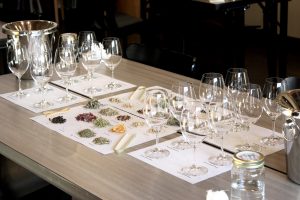
CORPORATE BOOKINGS // One of the most exciting things about the Events space is that it grants us the opportunity to expand our offerings to our corporate partners beyond our current off-site catering. And, because we have such versatile offerings in terms of rooms and spaces, we pretty much have the capacity for anything and everything (within reason, of course).
The lounge and patio will offer a beautiful backdrop for entertaining clients and staff members alike, in a casual, relationship-oriented setting. Book either (or both!) for a simple, casual happy hour; or go for a themed tasting with cheese plates and appetizers to pair. We’ll even link you up with one of our certified Sommeliers or Cheese Mongers for an educational component if you so wish.
Beyond expanding what we’ll be able to offer for our public classes, the new-and-improved classroom will also be the perfect setting for corporate team building sessions. Develop closer relationships within your team through experiential and hands-on activities, and engage in some friendly competition! Learn to make your own batch of vermouth from scratch, create the perfect cheeseboard, or dive into the classic cocktails and their many variations. Here’s a little secret, too: come 2023, we’ll also add pizza making to the docket.
PRIVATE EVENT BOOKINGS // One of our core values at France 44 is our continued connection to our neighbors and community, and we are incredibly excited to further that connection by opening our space to our lovely neighbors. Whether it be for a graduation or birthday party, or you’re just looking to have a good time with friends and loved ones without the stress of hosting in your own home, we’re here for you!
Party on the patio for cocktails and appetizers before moving into the classroom to enjoy family-style platters (courtesy of our always on-point in-house Catering team); host an intimate happy hour and cozy up at the fireplace in the lounge; or book a private tasting with friends and be spoiled with a selection of wines that you never knew you ought to be drinking.
We’ll also be hosting a few pop-up events in the early days of the Events space, as we get our feet on the ground. We’ll be sending out more info in the coming months for a slew of ticketed events in the new year, beyond our usual public classes.

PROFESSIONAL CERTIFICATION COURSES // It’s been a “tightly kept secret” that we’ve been working hard over the past year to expand our educational offerings at France 44, and we could not be more excited to share that we are officially an approved Wine and Spirits Education Trust School!
For those who are not familiar with it, the Wine and Spirits Education Trust (WSET) is one of the leading organizations for certifications in wine, spirits, and sake. There are WSET schools around the world, from Shanghai to London to Chicago, but we are very excited to be one of only a few in Minnesota. Our public classes have always been a core component of our business, and our WSET school will expand that to a more professional level. That said, whether you’re looking for professional training or just thoughtful imbibing, the door will always be open to industry folk and enthusiasts alike who are looking to expand their knowledge. After all, education is the dividing line between an intentional drink and a mindless one.
We’ll start out by offering Level I and Level II Wine, but Level III Wine (along with Level I and Level II Spirits) will soon follow. Keep an eye out for informational sessions via zoom and small in-person groups, and sign up for our mailing list through the France 44 Education homepage to stay up to date on course announcements and other goings on.
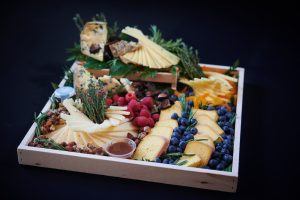
IN THE MEANTIME…
You might be left wondering what exactly the Events Team has been up to during all of this construction – yes, we’ve been putting on a few off-site events here and there, but we’ve also been focusing on the catering side of our business in the meantime. Our main takeaway? Wow, is there a lot of hard work and love that goes into creating and sourcing all of the beautiful items on our catering menu. From our whole-animal butchery that is responsible for everything from our house sausages to our gyro meatballs, to our catering chefs who lovingly put together all of our artful cheese and charcuterie boards by hand, to our off-site group manager who helps curate the perfect food and beverage menu for your event and coordinates the staffing to boot… Sure, we may be a bit biased, but we really do have an extraordinary team, and it’s thanks to them and all of their hard work that we are able to have such special food & beverage offerings.
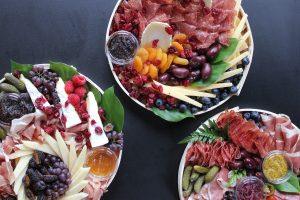
So, if you’re as impatient as we are for the Events space to open, take advantage of what our catering team has to offer! If you haven’t caught the theme yet, flexibility is kind of the name of the game for us: we can easily accommodate groups large or small, most dietary restrictions, and we have an incredible Sommelier team available to help with any staffing needs you might have as well. Check out our catering menu here, and for in-home or off-site events with Sommelier services, shoot us an email at catering@france44.com to chat through our options.

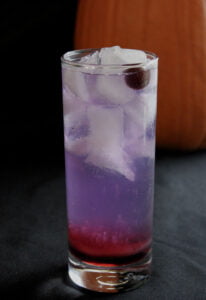
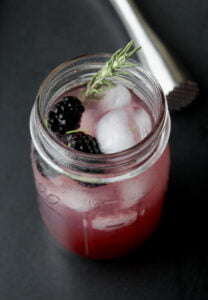
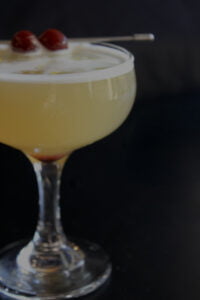 By now you probably have some apple cider sitting in the fridge ready for a new spin. Here’s a fun fall take on the classic sidecar. If you’re feeling adventurous, try this warm during your next chilly evening by the fire. Or if you’re feeling lazy, simply warm up the apple cider, add cognac, and top with whipped cream for an easy treat.
By now you probably have some apple cider sitting in the fridge ready for a new spin. Here’s a fun fall take on the classic sidecar. If you’re feeling adventurous, try this warm during your next chilly evening by the fire. Or if you’re feeling lazy, simply warm up the apple cider, add cognac, and top with whipped cream for an easy treat.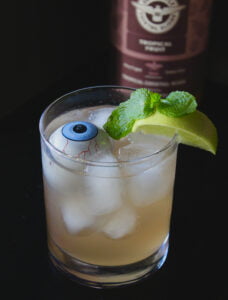 Cachaça Zombie
Cachaça Zombie 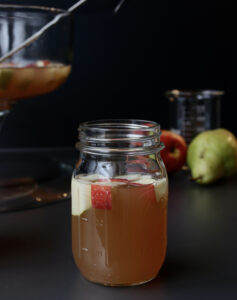 You probably still have some apple cider; we all make the same mistakes every fall, nobody is perfect. So here’s a great recipe to share with your ghoul and goblin friends at your haunted gatherings. Use up that cider and that dusty bottle of pinot grigio you never got to in the summer, and bring the shenanigans to the party!
You probably still have some apple cider; we all make the same mistakes every fall, nobody is perfect. So here’s a great recipe to share with your ghoul and goblin friends at your haunted gatherings. Use up that cider and that dusty bottle of pinot grigio you never got to in the summer, and bring the shenanigans to the party!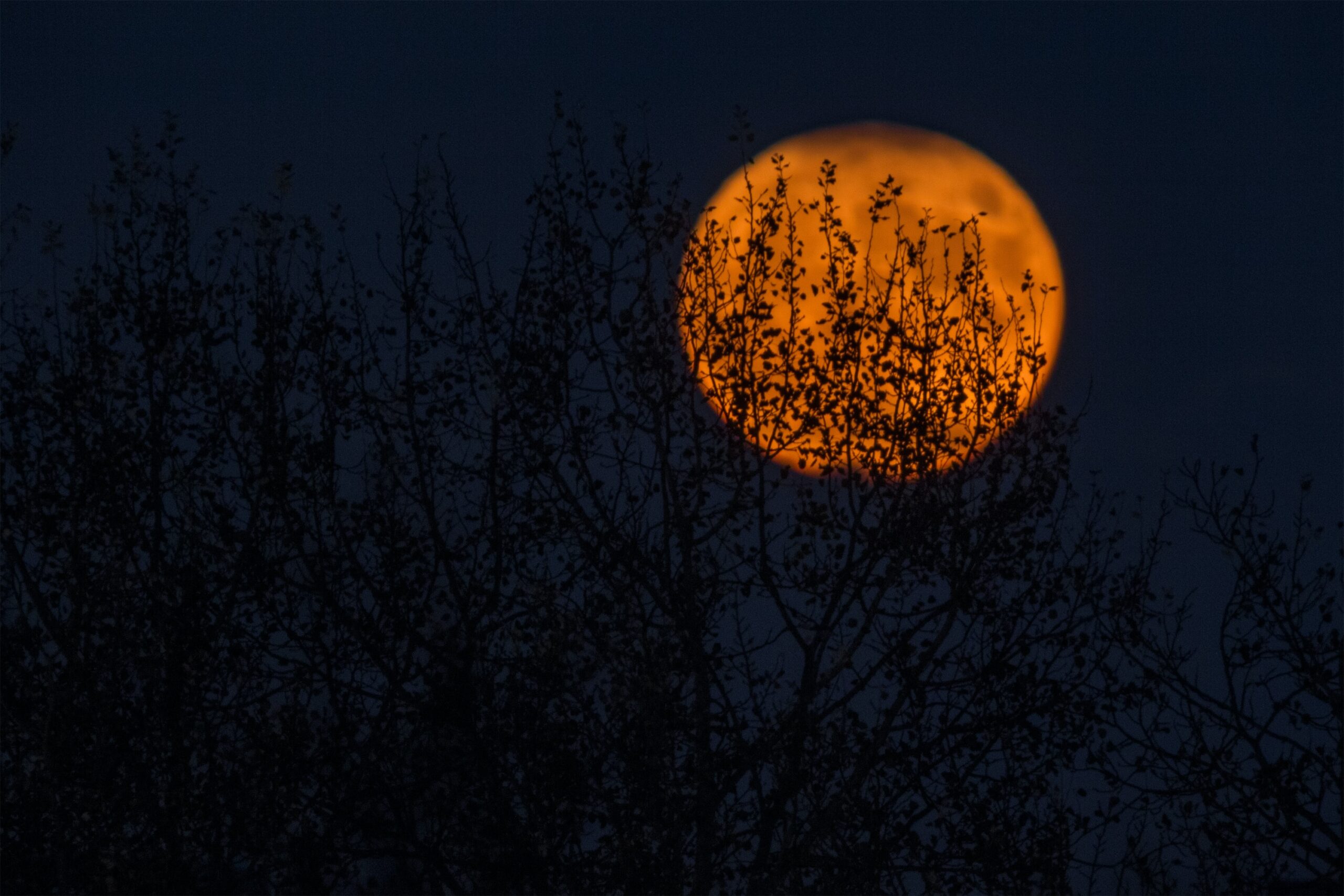
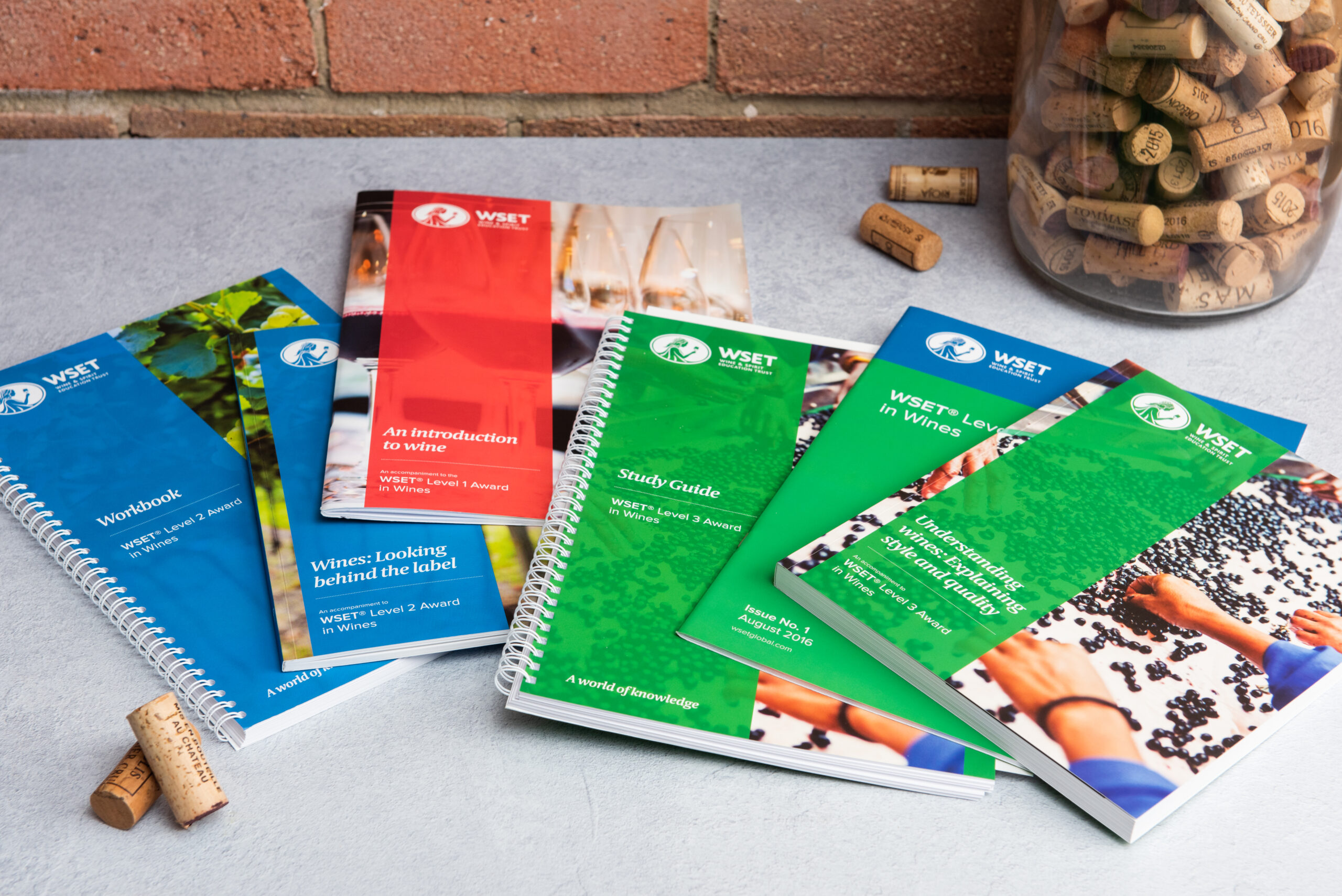

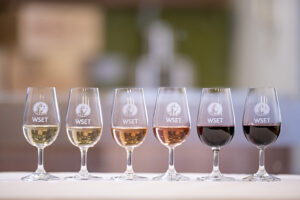 Classes through WSET go beyond our public classes; think of these classes as a larger picture look at wine around the world, as opposed to the more focused, deep-diving topics that we cover in our public classes. Certification through WSET not only helps to inform you as a beverage consumer in what you like and why, but it also leads to enjoyment of libations on a more thoughtful level.
Classes through WSET go beyond our public classes; think of these classes as a larger picture look at wine around the world, as opposed to the more focused, deep-diving topics that we cover in our public classes. Certification through WSET not only helps to inform you as a beverage consumer in what you like and why, but it also leads to enjoyment of libations on a more thoughtful level.  WSET Level 1 is like baby step into the world of wine: think of this level as the elementary school level of wine; it’s the least intimidating of the four levels, and a great way to get the basics if you have really minimal knowledge around wine. Our first ever WSET Level 1 course is scheduled for January 28, 2023, and entails just one 6-hour in-person course, with the exam being completed at the end of the day.
WSET Level 1 is like baby step into the world of wine: think of this level as the elementary school level of wine; it’s the least intimidating of the four levels, and a great way to get the basics if you have really minimal knowledge around wine. Our first ever WSET Level 1 course is scheduled for January 28, 2023, and entails just one 6-hour in-person course, with the exam being completed at the end of the day.  You can treat WSET Level 2 like high school – there’s more content to learn here, but it’s still not too intense of a course. You’ll expand more on what wines from certain regions taste like and begin diving into grape growing methods. You’ll also begin to taste wines deductively at this level, meaning tasting wines for their core flavors, aromas, and mouthfeel. WSET Level 2 is scheduled as a 3-day course, with class held once per week beginning February 5, 2023.
You can treat WSET Level 2 like high school – there’s more content to learn here, but it’s still not too intense of a course. You’ll expand more on what wines from certain regions taste like and begin diving into grape growing methods. You’ll also begin to taste wines deductively at this level, meaning tasting wines for their core flavors, aromas, and mouthfeel. WSET Level 2 is scheduled as a 3-day course, with class held once per week beginning February 5, 2023.  At Level 3, you begin to explore wine at a more “college” level. Why do wines taste a certain way, what wine growing and production methods are used where and why, and so forth. At this level, the exam consists of multiple choice, essay questions, as well as a blind of two wines; it’s geared more towards those with a comfortable background in wine or those who have completed level 2. Our Level 3 course will be held once a week, from March 13th through May 29th of 2023.
At Level 3, you begin to explore wine at a more “college” level. Why do wines taste a certain way, what wine growing and production methods are used where and why, and so forth. At this level, the exam consists of multiple choice, essay questions, as well as a blind of two wines; it’s geared more towards those with a comfortable background in wine or those who have completed level 2. Our Level 3 course will be held once a week, from March 13th through May 29th of 2023. 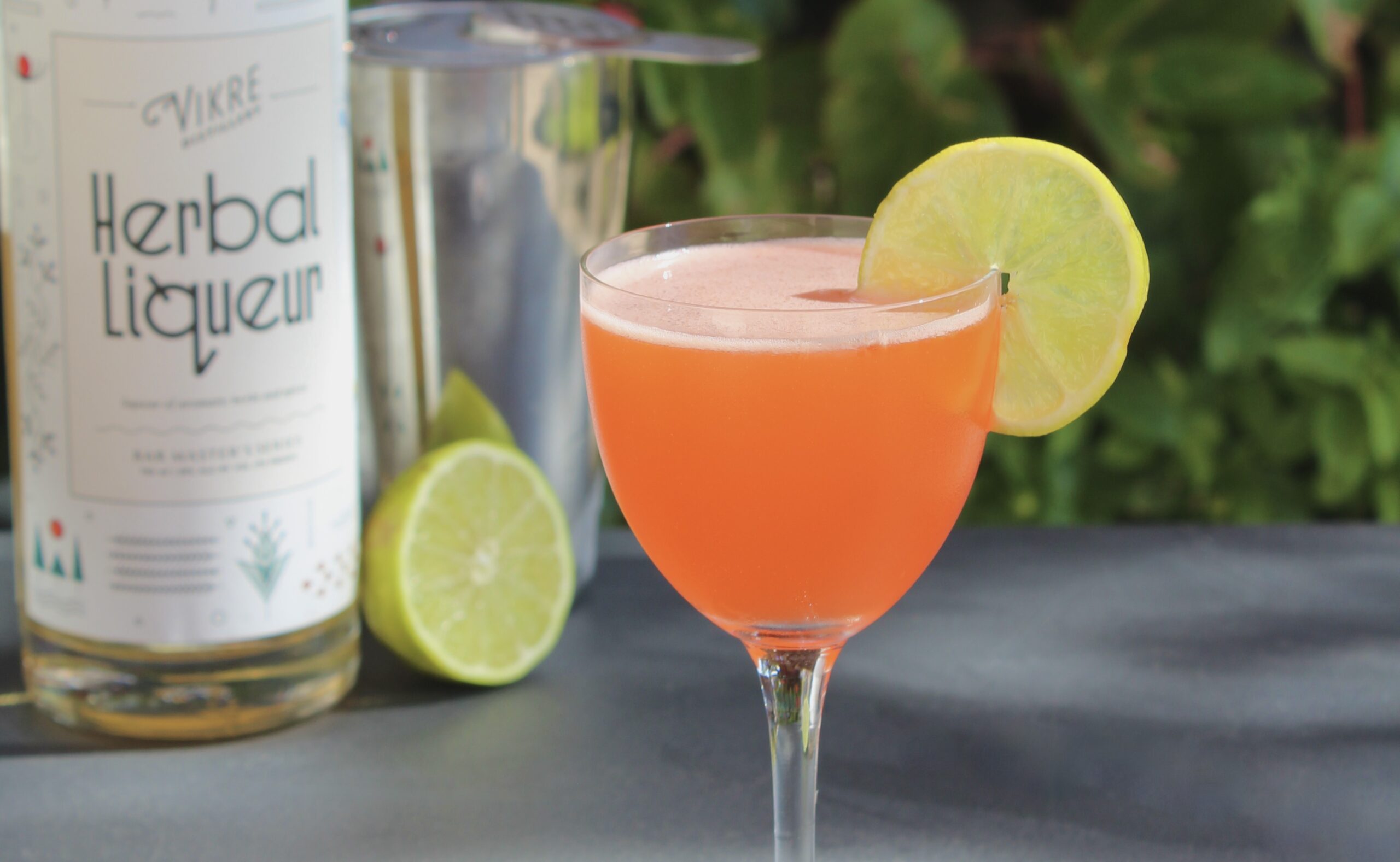
 by Tom
by Tom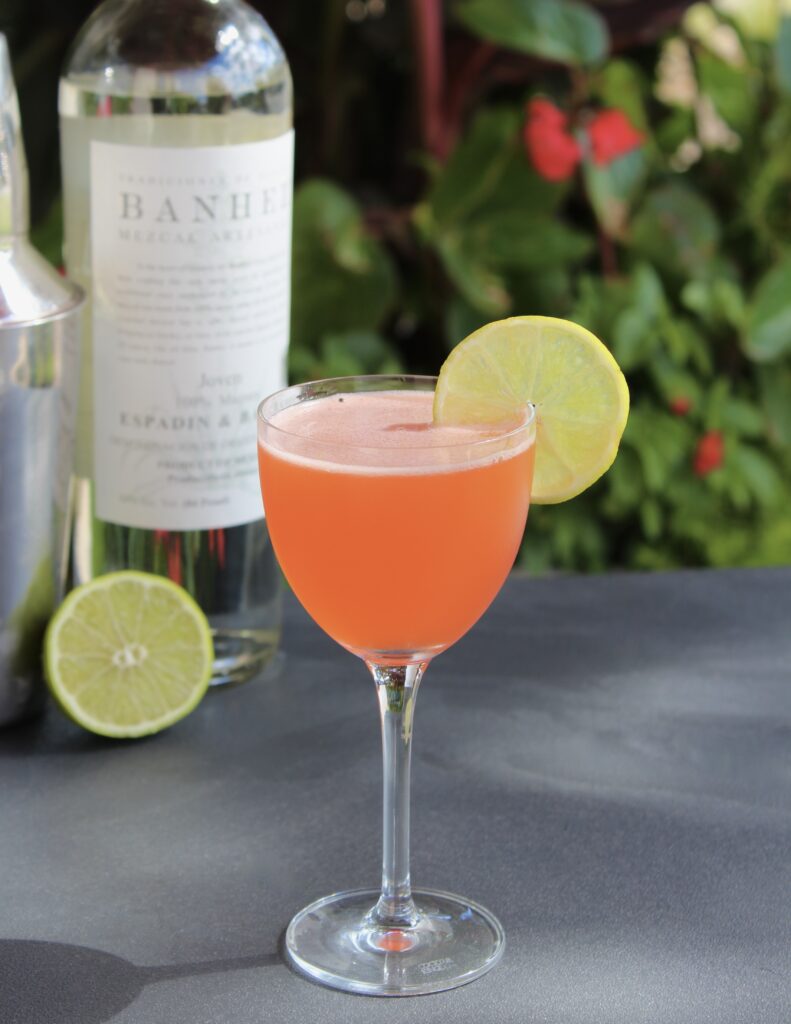
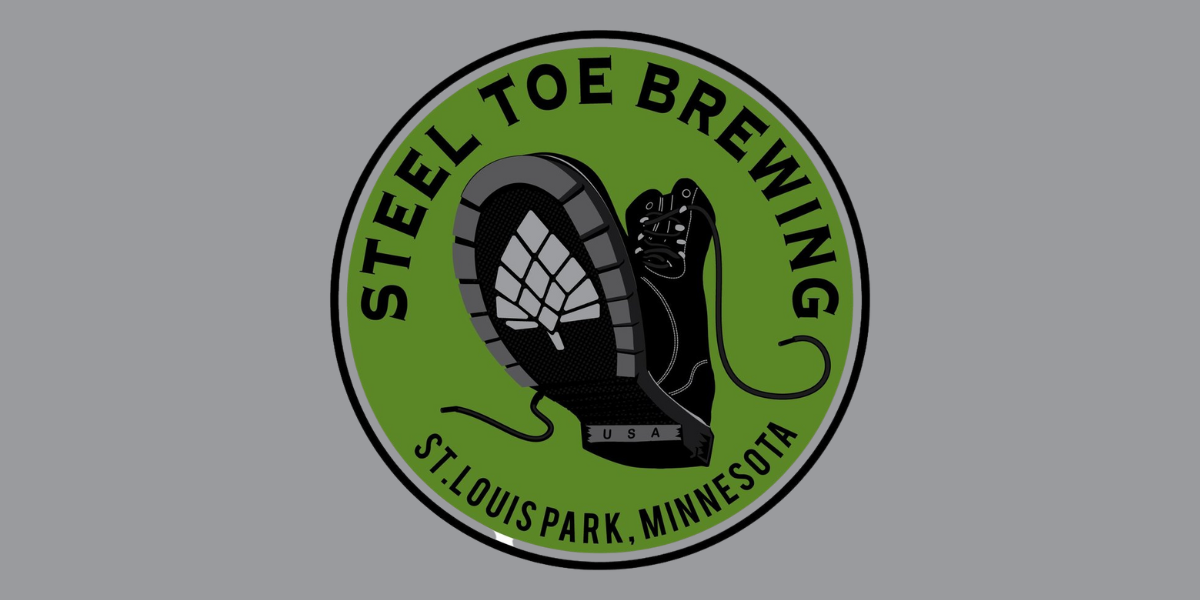
 By Bennett
By Bennett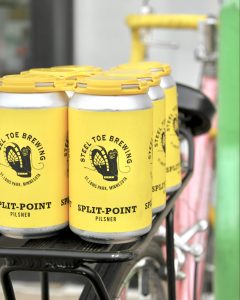 Jason’s dreams for owning a brewery began like many, as an avid homebrewer whose carboys of fermenting beer began to take up too much space. Landing a cellarman job in Montana led to assistant brewing, more brewing education, and eventually another cellarman role at Pelican Pub and Brewery in Oregon, where he “got his wings” and worked his way up to head brewer (see what I did there). After gaining this experience, the couple decided to head back to the Midwest to start their dream brewery. Steel toe boots, Jason’s preferred footwear for work, became the name, illustrative of the hard work ethic required for brewing great beer.
Jason’s dreams for owning a brewery began like many, as an avid homebrewer whose carboys of fermenting beer began to take up too much space. Landing a cellarman job in Montana led to assistant brewing, more brewing education, and eventually another cellarman role at Pelican Pub and Brewery in Oregon, where he “got his wings” and worked his way up to head brewer (see what I did there). After gaining this experience, the couple decided to head back to the Midwest to start their dream brewery. Steel toe boots, Jason’s preferred footwear for work, became the name, illustrative of the hard work ethic required for brewing great beer.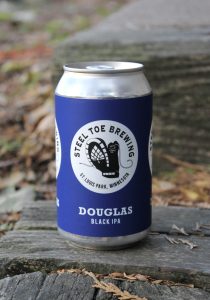 With “big dreams of staying small”, Steel Toe has only gradually increased their distribution over the years. They have kept their stable of beers small, focusing mostly on hop-driven pale ales with a discernible Pacific Northwest influence. You won’t see them brewing the latest smoothie-style sour, milkshake IPA or pastry stout. Heck, it wasn’t until last month that they “finally” released a hazy IPA. A few modern craft beer enthusiasts might be irritated by the purposeful absence of these experimental styles on their tap list. Steel Toe doesn’t bother with fads. Contrarily, they have preserved a reverence for beer styles that are oft-ignored in today’s craft market, such as Hefeweizen, Scotch Ale, Black IPA, and Imperial Red Ale. This conviction for well-made traditional craft styles is the thing I most admire about Steel Toe.
With “big dreams of staying small”, Steel Toe has only gradually increased their distribution over the years. They have kept their stable of beers small, focusing mostly on hop-driven pale ales with a discernible Pacific Northwest influence. You won’t see them brewing the latest smoothie-style sour, milkshake IPA or pastry stout. Heck, it wasn’t until last month that they “finally” released a hazy IPA. A few modern craft beer enthusiasts might be irritated by the purposeful absence of these experimental styles on their tap list. Steel Toe doesn’t bother with fads. Contrarily, they have preserved a reverence for beer styles that are oft-ignored in today’s craft market, such as Hefeweizen, Scotch Ale, Black IPA, and Imperial Red Ale. This conviction for well-made traditional craft styles is the thing I most admire about Steel Toe.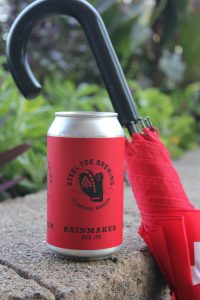 Douglas Cascadian Dark Ale – $13.99/6pk Can
Douglas Cascadian Dark Ale – $13.99/6pk Can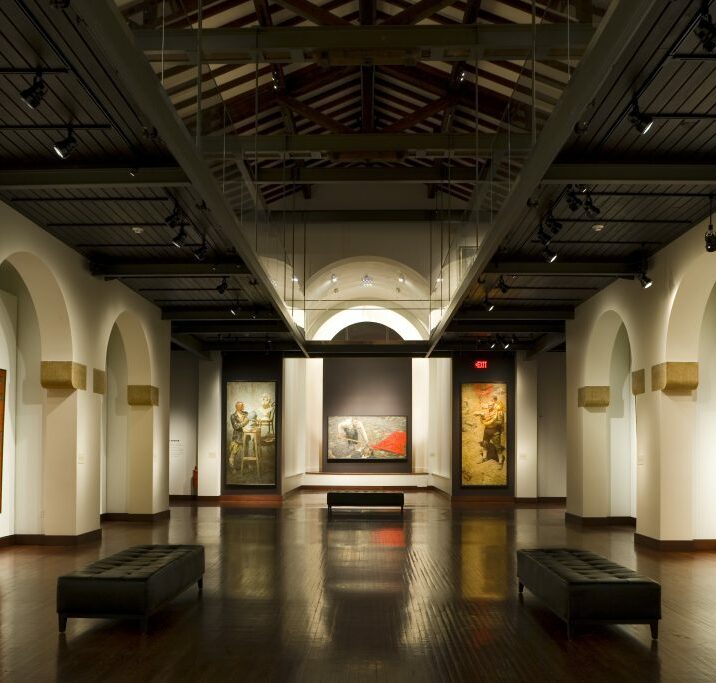
 Let me just start by saying that if you haven’t visited the museum before, you are truly missing out. The building was built in a Spanish Colonial-Revival style, with impressive arches inside and out, Romanesque windows, and stone carvings throughout the space. This dramatic architectural design can be explained by the fact that in a previous life, the building housed a church. Even with the soaring ceilings, though, the space makes for a surprisingly warm and cozy environment.
Let me just start by saying that if you haven’t visited the museum before, you are truly missing out. The building was built in a Spanish Colonial-Revival style, with impressive arches inside and out, Romanesque windows, and stone carvings throughout the space. This dramatic architectural design can be explained by the fact that in a previous life, the building housed a church. Even with the soaring ceilings, though, the space makes for a surprisingly warm and cozy environment. 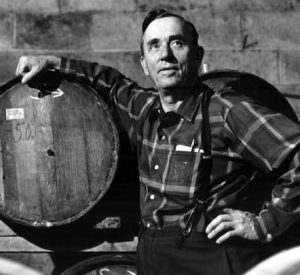 Our first of the series will focus on Dr. Konstantin Frank, one of the most influential figures in North American wine. Russian-born and Ukraine-raised, Frank helped to shape the grapes and styles of Finger Lakes wines. If you’re looking to try domestic wines that are produced in a more European style, this class will be an eye opener for you! We’ll taste a flight of Finger Lakes wines while discovering the many ways his legacy impacted the domestic wine industry, what in the heck trockenbeerenauslese means, and why you should be drinking more East Coast wines, all while basking in the Museum’s gorgeous art collections.
Our first of the series will focus on Dr. Konstantin Frank, one of the most influential figures in North American wine. Russian-born and Ukraine-raised, Frank helped to shape the grapes and styles of Finger Lakes wines. If you’re looking to try domestic wines that are produced in a more European style, this class will be an eye opener for you! We’ll taste a flight of Finger Lakes wines while discovering the many ways his legacy impacted the domestic wine industry, what in the heck trockenbeerenauslese means, and why you should be drinking more East Coast wines, all while basking in the Museum’s gorgeous art collections. 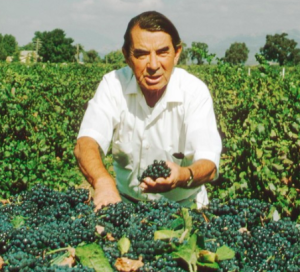 For our second class of the series, we’ll spotlight André Tchelistcheff — AKA “The Winemaker’s Winemaker.” This Russian-born winemaker helped to shape the wines of California and Washington as we know them today. Through his legacy of peer-mentorship as well as his development of some of today’s most widely used winemaking techniques, Tchelistcheff played a key role in establishing North America on the wine map. We’ll guide you through a variety of wineries that his influence directly touched, and learn how his role in the 1973 Judgement of Paris helped to positively change the trajectory of domestic wine.
For our second class of the series, we’ll spotlight André Tchelistcheff — AKA “The Winemaker’s Winemaker.” This Russian-born winemaker helped to shape the wines of California and Washington as we know them today. Through his legacy of peer-mentorship as well as his development of some of today’s most widely used winemaking techniques, Tchelistcheff played a key role in establishing North America on the wine map. We’ll guide you through a variety of wineries that his influence directly touched, and learn how his role in the 1973 Judgement of Paris helped to positively change the trajectory of domestic wine.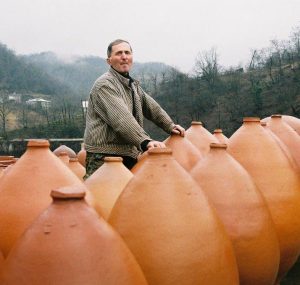 The third class of the series focuses on one of the most ancient winemaking regions in the world: Georgia. After perusing the museum with a welcome beverage in hand, you’ll taste through a flight of Georgian wines in the main exhibition of the museum. We’ll explain how their generational wine techniques persevered through the Soviet era, what a Qvevri is (and how many people can fit inside the largest ones), and why fermenting wine underground leads to some of the most complex and interesting wines.
The third class of the series focuses on one of the most ancient winemaking regions in the world: Georgia. After perusing the museum with a welcome beverage in hand, you’ll taste through a flight of Georgian wines in the main exhibition of the museum. We’ll explain how their generational wine techniques persevered through the Soviet era, what a Qvevri is (and how many people can fit inside the largest ones), and why fermenting wine underground leads to some of the most complex and interesting wines.  We’re capping off the series with a bang! Champagne and Caviar. Need we say more? We’re taking more of an experiential approach for the final installment of our partnership with TMORA, leading you through a luxurious tasting experience of what is perhaps the world’s best food and wine pairing. Your ticket will get you samples of six of our favorite champagnes, accompanying small bites, and, of course, caviar (roughly 15g caviar for each guest). As you taste, you’ll learn about the history and production process of Champagne, and discover why it is such a magical pairing to this iconic delicacy.
We’re capping off the series with a bang! Champagne and Caviar. Need we say more? We’re taking more of an experiential approach for the final installment of our partnership with TMORA, leading you through a luxurious tasting experience of what is perhaps the world’s best food and wine pairing. Your ticket will get you samples of six of our favorite champagnes, accompanying small bites, and, of course, caviar (roughly 15g caviar for each guest). As you taste, you’ll learn about the history and production process of Champagne, and discover why it is such a magical pairing to this iconic delicacy. 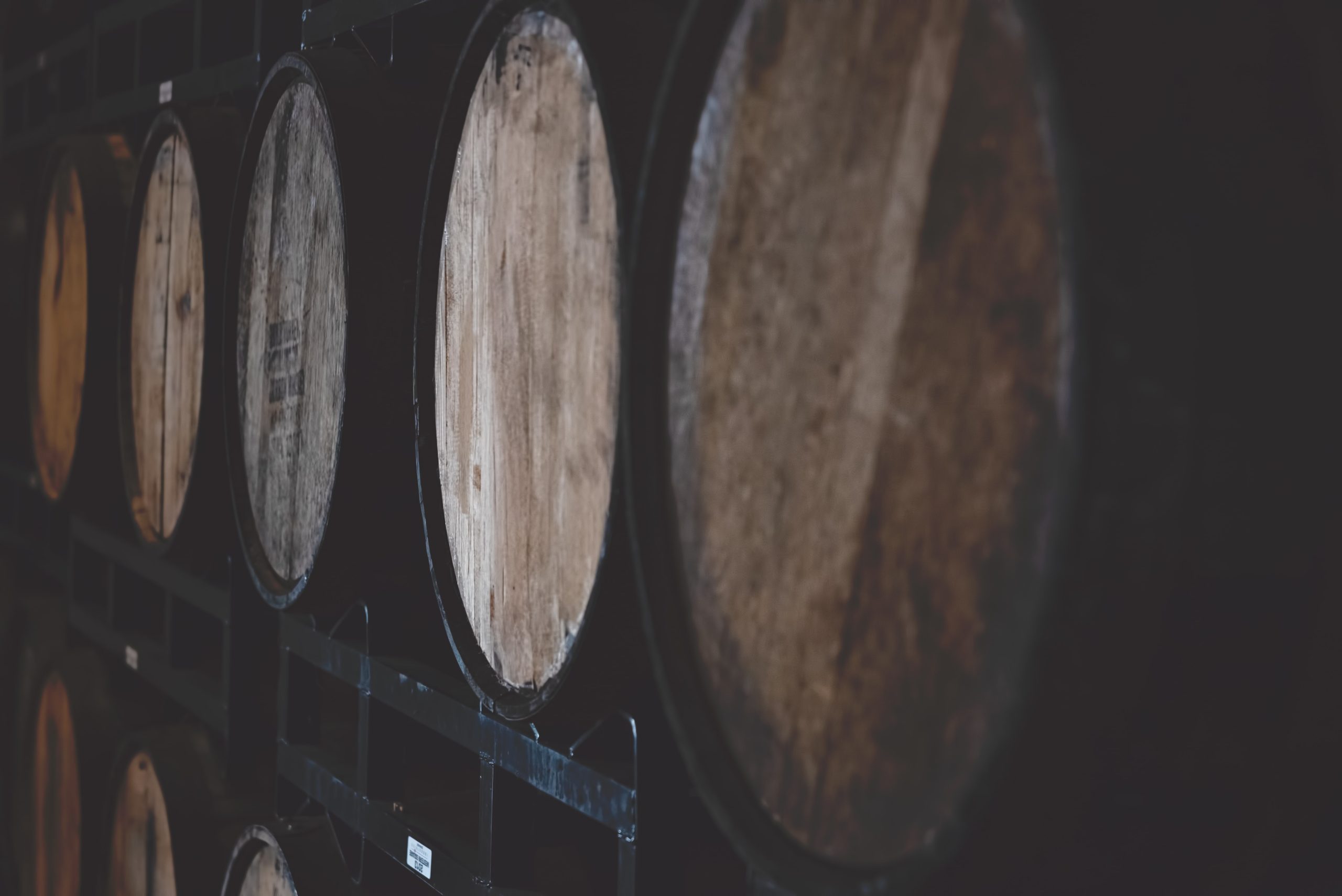
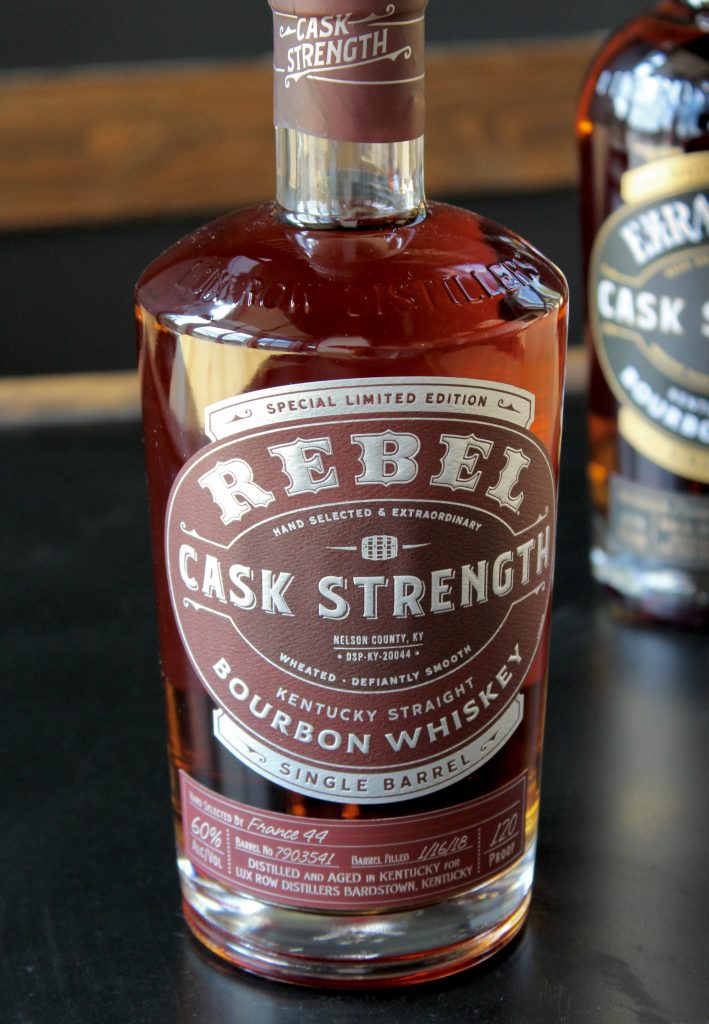
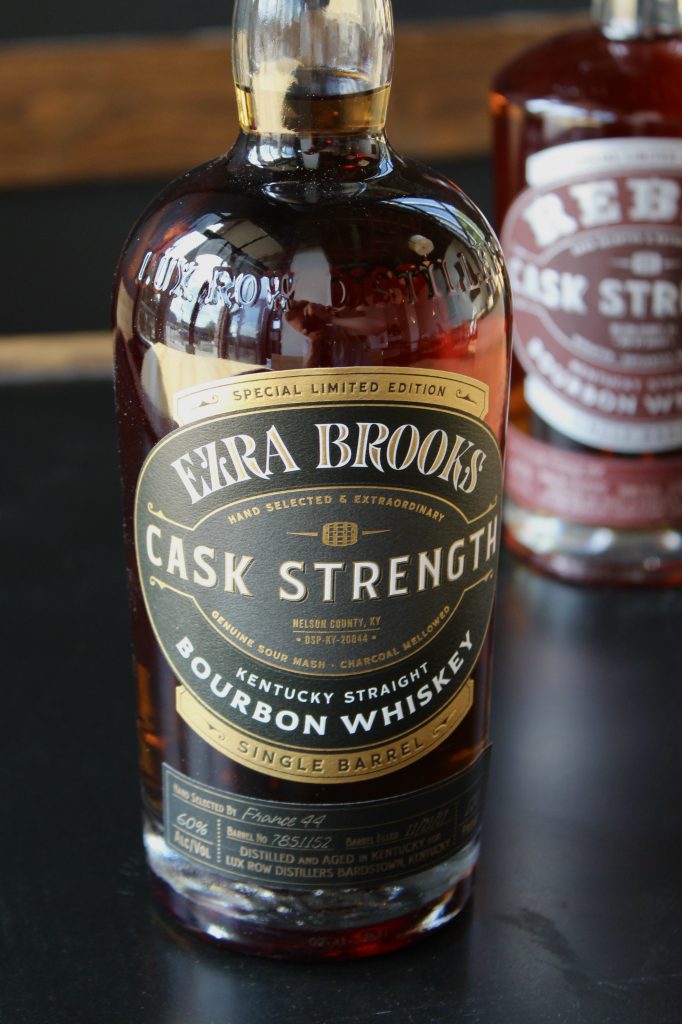
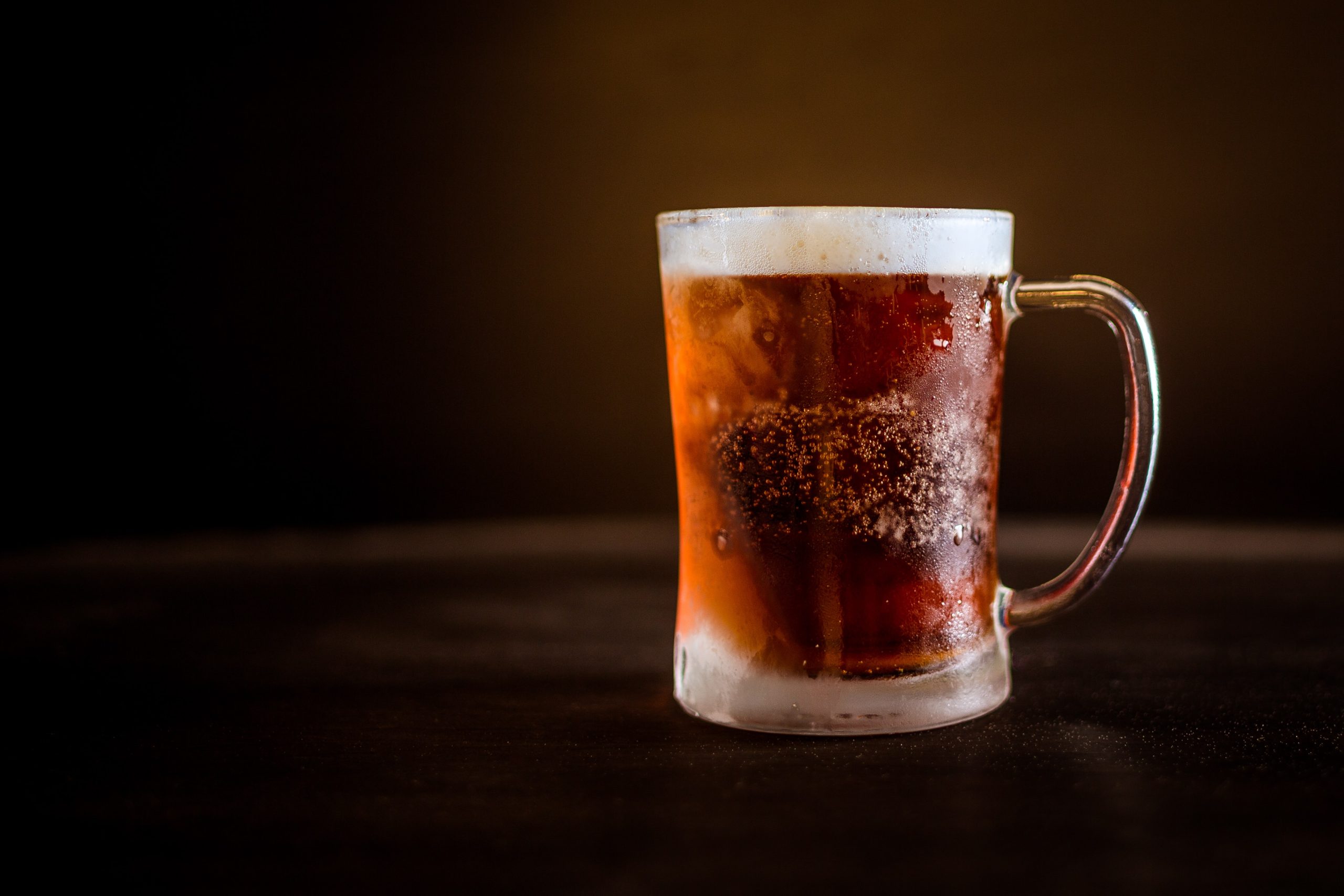
 By Bill
By Bill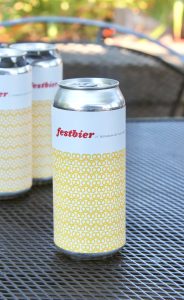 A balanced, malt driven beer very similar to a Vienna Lager. Biscuit-like maltiness and flavor with just a hint of hop bitterness to keep the malt in check. It’s a classic style. It’s my favorite of all the seasonal beers styles that get released each year. There’s no better beer to enjoy outside while the leaves are changing color.
A balanced, malt driven beer very similar to a Vienna Lager. Biscuit-like maltiness and flavor with just a hint of hop bitterness to keep the malt in check. It’s a classic style. It’s my favorite of all the seasonal beers styles that get released each year. There’s no better beer to enjoy outside while the leaves are changing color.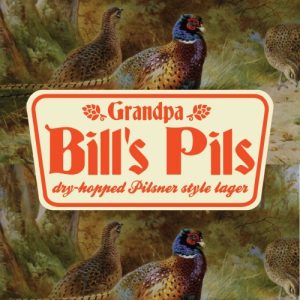 Last on Lager takeover, we have the triumphant return of Junkyard’s Grandpa Bill’s Pils
Last on Lager takeover, we have the triumphant return of Junkyard’s Grandpa Bill’s Pils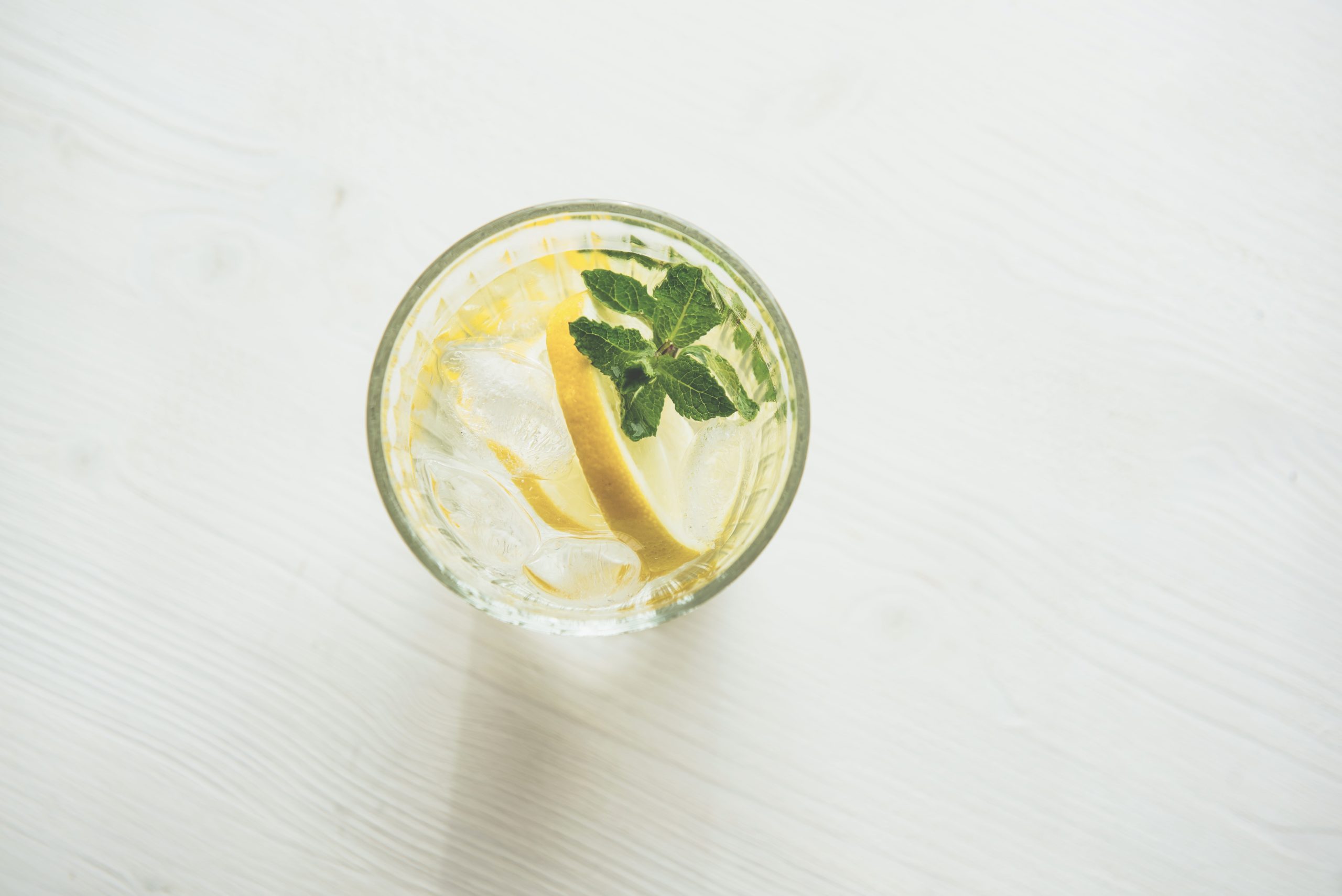
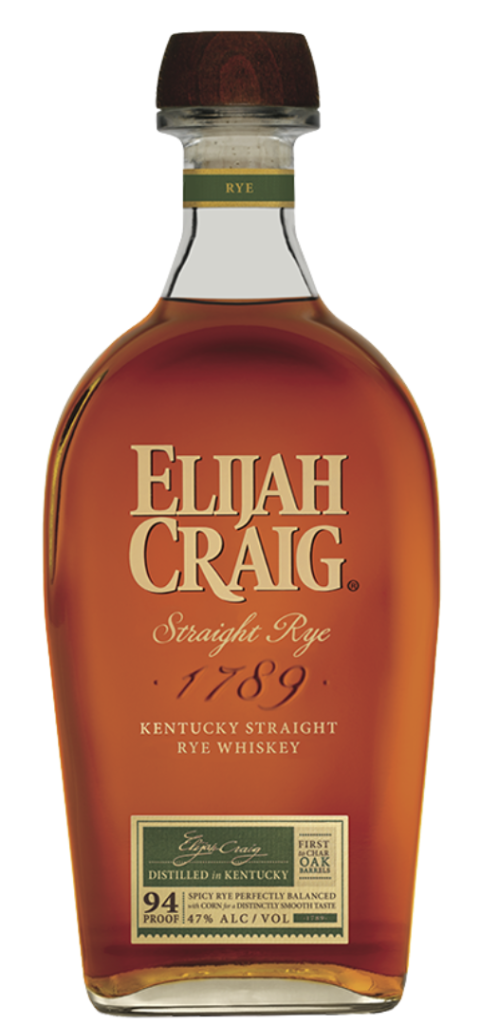
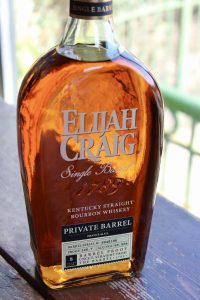 Our record-breaking eleventh Elijah Craig Single Barrel has arrived! We were lucky enough to pick out our second cask strength barrel of the year. We love to hand select single barrels whenever we get the chance, bringing the highest quality whiskey exclusively to our customers. This eight year old single barrel is filled with dark fruits of raspberry and cherry with a hearty oak back bone. It is an intense 126.7 proof uncut from the barrel and could use and ice cube or a few drops of water for it to open up. We pick out a few dozen single barrels of bourbon and rye a year, hand selecting the best we can find. Upcoming barrels include Ezra Brooks 120 Proof Bourbon, Rebel 120 Proof Wheated Bourbon, Rittenhouse Rye, Stellum Bourbon and Rye, Four Roses, and a Maker’s Mark Private selection.
Our record-breaking eleventh Elijah Craig Single Barrel has arrived! We were lucky enough to pick out our second cask strength barrel of the year. We love to hand select single barrels whenever we get the chance, bringing the highest quality whiskey exclusively to our customers. This eight year old single barrel is filled with dark fruits of raspberry and cherry with a hearty oak back bone. It is an intense 126.7 proof uncut from the barrel and could use and ice cube or a few drops of water for it to open up. We pick out a few dozen single barrels of bourbon and rye a year, hand selecting the best we can find. Upcoming barrels include Ezra Brooks 120 Proof Bourbon, Rebel 120 Proof Wheated Bourbon, Rittenhouse Rye, Stellum Bourbon and Rye, Four Roses, and a Maker’s Mark Private selection. 







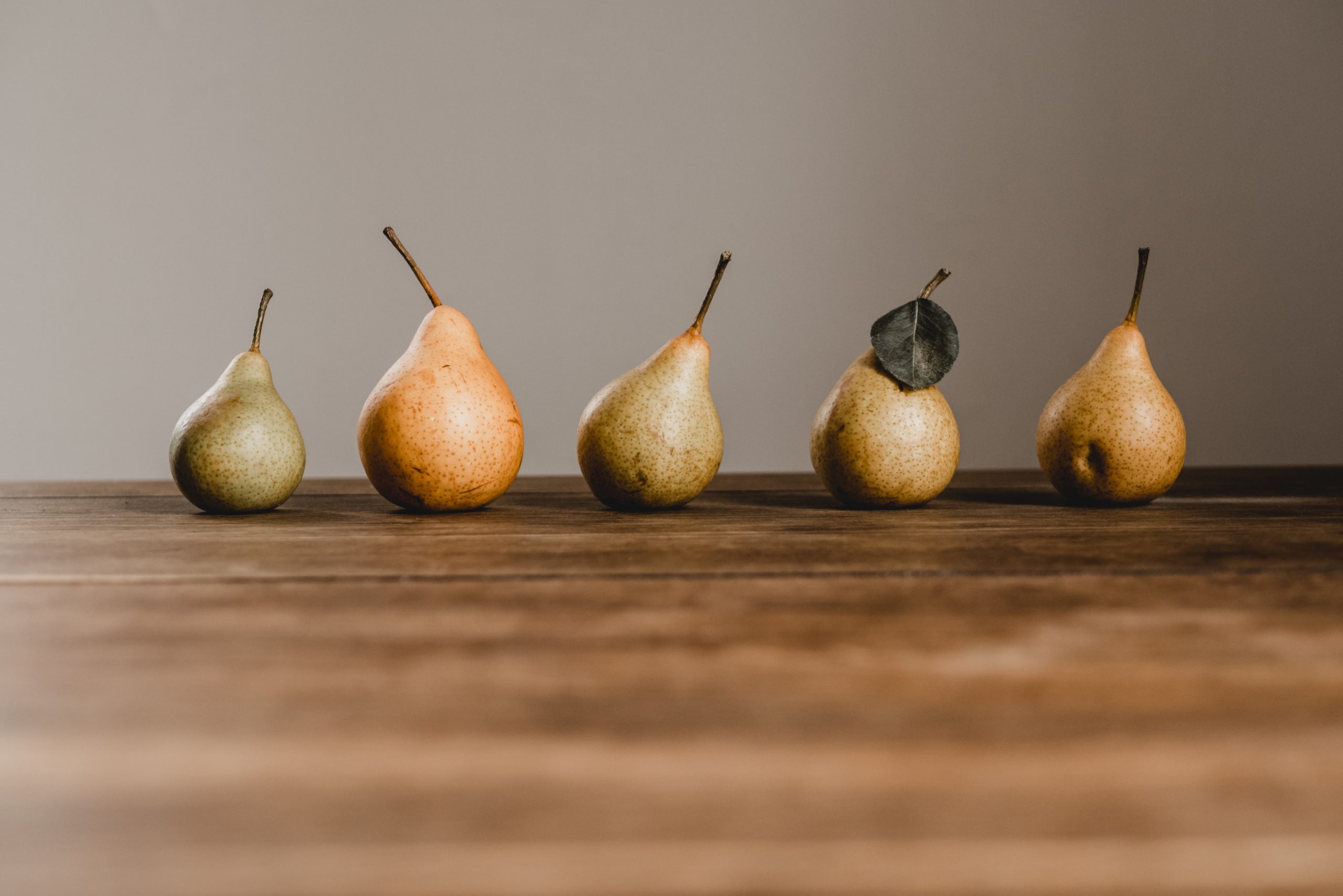
 by Melissa
by Melissa